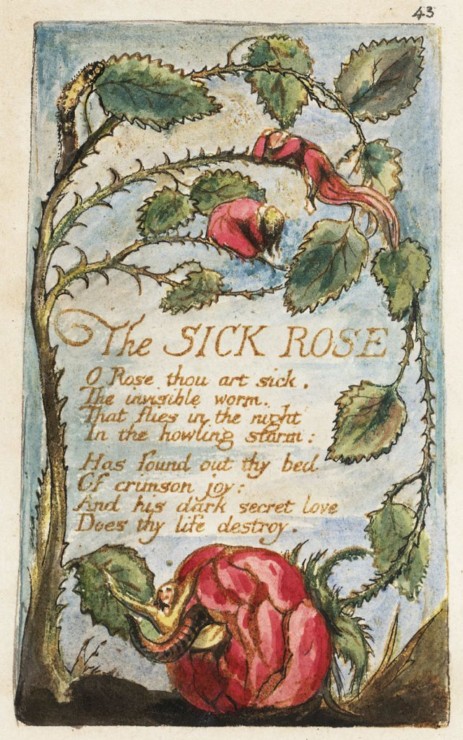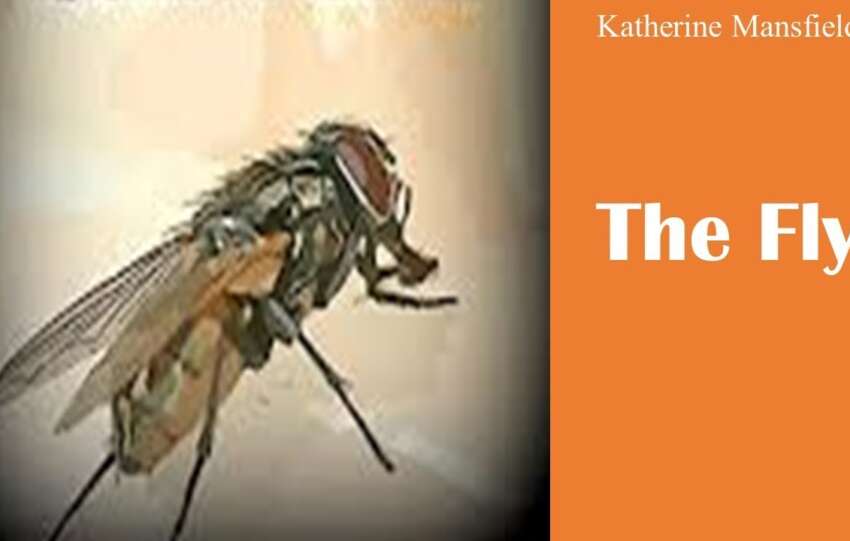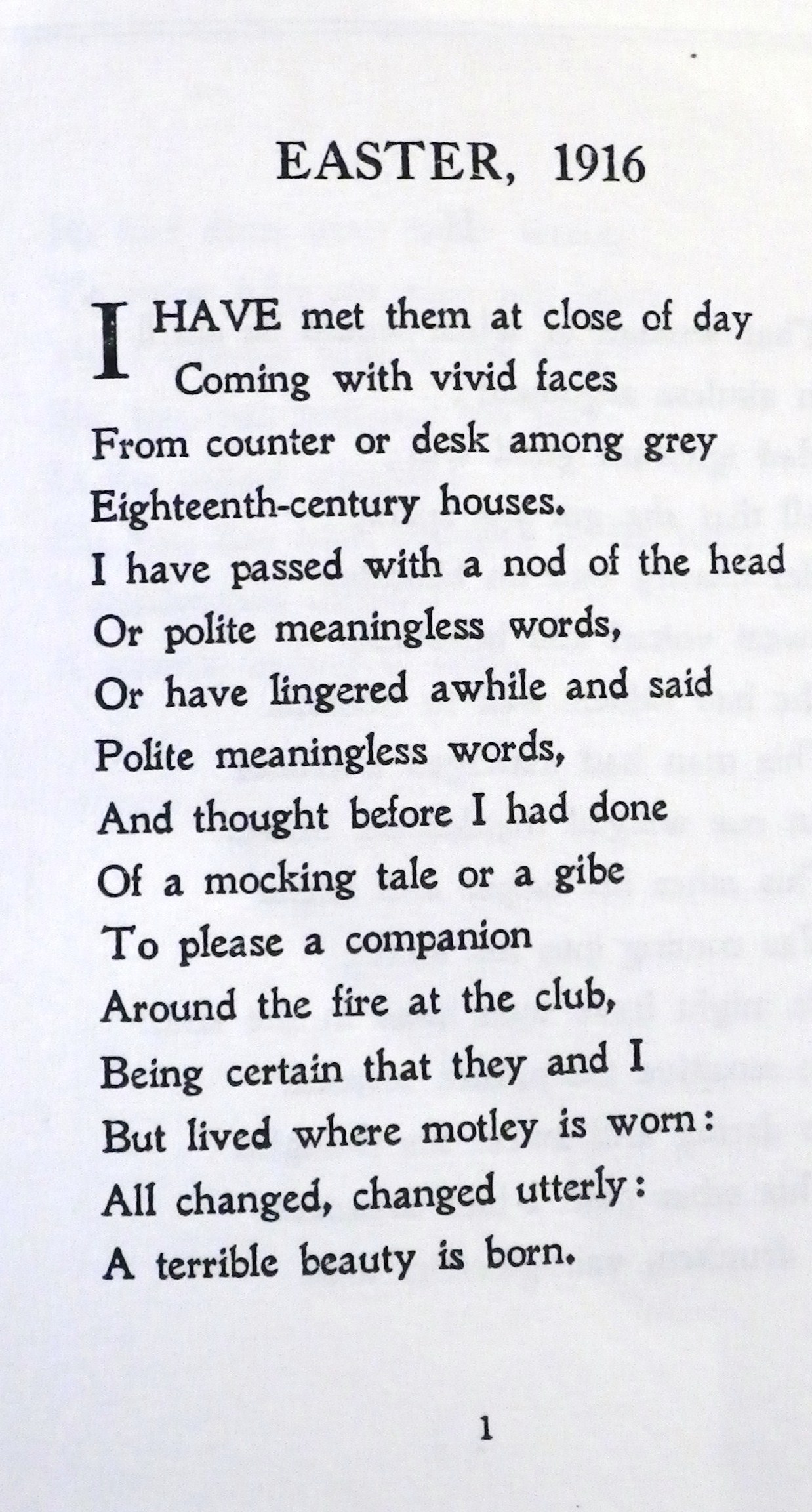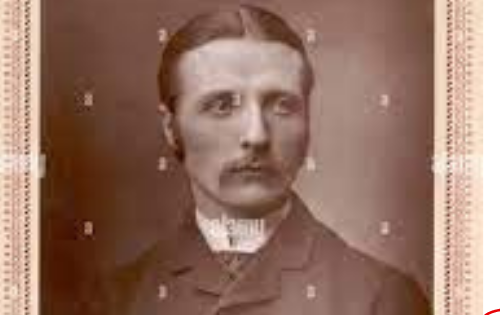
Comment on the symbolism in the poem The Sick Rose by William Blake
The rose in William Blake’s The Sick Rose is not just a flower but a conventional symbol of beauty, innocence, purity, and love. For centuries, poets have compared the delicate charm of a woman with the softness of a rose, and Blake draws on this tradition while also subverting it. The rose, one of nature’s most beautiful creations, is here shown in a state of sickness, implying that even the purest love and beauty are vulnerable to corruption and decay. The opening line, “O Rose, thou art sick”, immediately establishes the central image of innocence tainted by an unseen force.
The worm that destroys the rose carries a heavy symbolic weight. It recalls the Biblical serpent in the Garden of Eden, a figure of temptation and sin that shattered Adam and Eve’s innocence. As the poem says, “The invisible worm / That flies in the night”, the worm’s secrecy and hiddenness suggest corruption that spreads quietly and insidiously. Worms, being earthbound, evoke decay and mortality, reminding us that all earthly beauty is temporary. Moreover, the worm creeping into the “bed of crimson joy” alludes both to the flower’s natural bed and to the lover’s bed, where sexuality and passion may turn destructive. Thus, the rose becomes sick, and so too does love when tainted by lust, secrecy, or betrayal.
Blake’s use of color symbolism deepens this interpretation. The phrase “bed of crimson joy” points to passion and sexual desire, yet the crimson shade also hints at violence, danger, and corruption. Love, in its intensity, can become destructive when it is possessive or excessive. The final lines, “And his dark secret love / Does thy life destroy”, make clear that secrecy, jealousy, and uncontrolled desire lead to the downfall of innocence. The worm here becomes a symbol of male sexuality, while the rose reflects feminine purity—together showing the destructive imbalance when passion overrides harmony.
Ultimately, the symbolism in The Sick Rose dramatizes Blake’s larger theme of the conflict between Innocence and Experience. The rose embodies innocence, beauty, and purity, while the worm embodies experience, corruption, and hidden sin. What begins as love is transformed into sickness and destruction through secrecy and desire. In this way, the poem moves beyond a simple flower-and-worm image to become an allegory of human relationships, sexuality, and the inevitable intrusion of experience into innocence. Blake’s haunting lines, brief as they are, capture a timeless truth: that love, though beautiful, is fragile, and when tainted by secrecy or lust, it may lead not to joy but to destruction.





